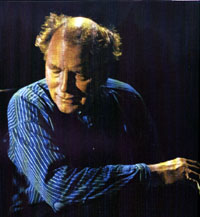
CLICK HERE TO VIEW SELECTION OF PRINTS
 Rolf Nesch (1893-1975)
Rolf Nesch (1893-1975)
"Rolf Nesch was born in Oberesslingen in Wurttemberg. After working sometime as a journeyman, he entered into the Kunstakademie in Dresden in 1913. The First World War interrupted his studies, which he was only able to resume in 1919 after being released from a British prisoner-of-war camp. In about 1922 he seems to have taken up printmaking and made the first of many visits to Hamburg. It seems to have been Gustave Schiefler, Nesch's strongest supporter, who arranged for him to visit Kirchner in Davos for six weeks in 1924. After moving between various German cities, he settled in Hamburg in 1929 where he began to build a reputation for his remarkable original prints. In 1933 local Nazis had some of his works rejected from an exhibition, and he at once destroyed almost all his paintings and emigrated to Norway due to his admiration for Munch. His first years there were spent in dire poverty; it was only in 1946 that he was granted Norwegian citizenship and became increasingly successful, and indeed one of the most influential of contemporary printmakers.
The list of Nesch's innovations in long. In 1925-6 he first began to etch right through plates; in the years 1931 he invented the so-called 'metal print' which involves collaging pieces of metal onto the plate. The late 1930s are something of a watershed in his work; he began to make long prints composed of two to six sheets, and turned away from his predominantly monochrome approach to become the most striking colourist in the printmaking of his time.
According to Hentzen's calculations made in 1958, Nesch made some 175 intaglio prints and 6 woodcuts up to 1931, and 270 'metal prints' between 1932 and 1958, along with the two more conventional series made in 1946-7." (Excerpt from The Print in Germany. By Frances Carey and Antony Griffiths)